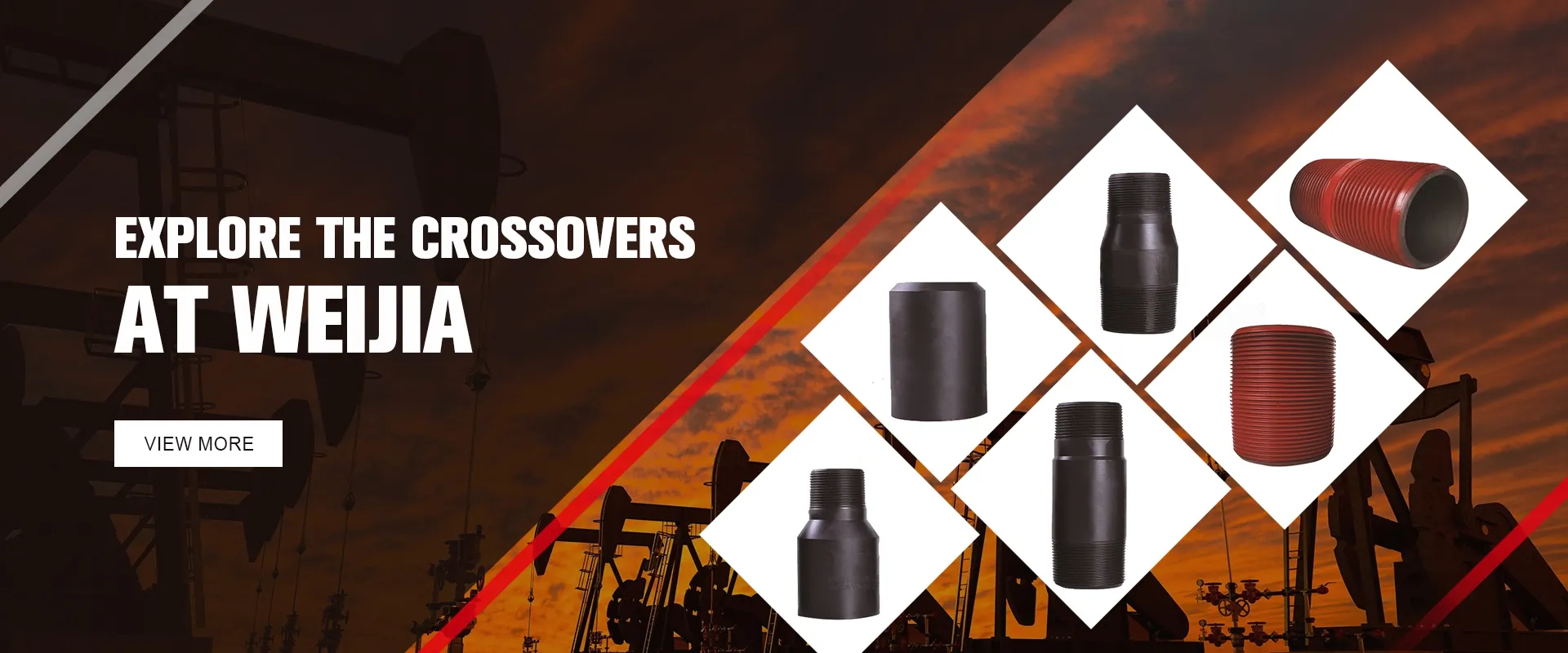- Afrikaans
- Albanian
- Amharic
- Arabic
- Armenian
- Azerbaijani
- Basque
- Belarusian
- Bengali
- Bosnian
- Bulgarian
- Catalan
- Cebuano
- Corsican
- Croatian
- Czech
- Danish
- Dutch
- English
- Esperanto
- Estonian
- Finnish
- French
- Frisian
- Galician
- Georgian
- German
- Greek
- Gujarati
- Haitian Creole
- hausa
- hawaiian
- Hebrew
- Hindi
- Miao
- Hungarian
- Icelandic
- igbo
- Indonesian
- irish
- Italian
- Japanese
- Javanese
- Kannada
- kazakh
- Khmer
- Rwandese
- Korean
- Kurdish
- Kyrgyz
- Lao
- Latin
- Latvian
- Lithuanian
- Luxembourgish
- Macedonian
- Malgashi
- Malay
- Malayalam
- Maltese
- Maori
- Marathi
- Mongolian
- Myanmar
- Nepali
- Norwegian
- Norwegian
- Occitan
- Pashto
- Persian
- Polish
- Portuguese
- Punjabi
- Romanian
- Russian
- Samoan
- Scottish Gaelic
- Serbian
- Sesotho
- Shona
- Sindhi
- Sinhala
- Slovak
- Slovenian
- Somali
- Spanish
- Sundanese
- Swahili
- Swedish
- Tagalog
- Tajik
- Tamil
- Tatar
- Telugu
- Thai
- Turkish
- Turkmen
- Ukrainian
- Urdu
- Uighur
- Uzbek
- Vietnamese
- Welsh
- Bantu
- Yiddish
- Yoruba
- Zulu
Casing Coupler Solutions for Effective Well Integrity and Performance Enhancement
Understanding Well Casing Couplers An Essential Tool in Drilling Operations
In the realm of drilling operations, particularly in the oil and gas industry, one of the critical components that contribute to the integrity and efficiency of a well is the well casing coupler. This seemingly simple device plays a pivotal role in the construction and maintenance of wells, ensuring safety, stability, and optimal performance throughout the operational lifespan of the well.
What is a Well Casing Coupler?
A well casing coupler serves as a connector between sections of casing pipes. These casing pipes are tubular structures that line the borehole of a well, preventing soil and rock from collapsing into the well while also providing a barrier against groundwater contamination. The coupler is designed to join two lengths of casing securely, allowing for the extension of the casing as drilling progresses deeper into the earth.
The construction of well casing couplers involves robust materials, typically steel or other durable alloys, which can withstand the extreme pressures and conditions encountered in oil and gas extraction. Their design must ensure a tight fit and seal to prevent leaks that could compromise the well’s stability.
Importance of Well Casing Couplers
The primary function of well casing couplers is to maintain the integrity of the wellbore. A compromised well casing can lead to various issues, including caving, water intrusion, and loss of pressure, all of which can severely impact production and pose environmental hazards. By facilitating optimal casing installation, well casing couplers help ensure that wells maintain the necessary structural integrity to support ongoing drilling operations.
Additionally, these couplers contribute to the overall efficiency of the drilling process. By allowing for quick and secure connections between casing segments, they minimize downtime during drilling operations, allowing teams to work more efficiently and effectively. This time-saving aspect is particularly important in an industry where every moment counts and delays can result in significant financial losses.
well casing coupler

Installation and Maintenance
Proper installation of well casing couplers is crucial to their effectiveness. The installation process typically involves threading the coupler onto the ends of two casing sections and then tightening it to create a secure bond. This process must be conducted with precision to avoid potential leaks or disconnections that could lead to costly repairs and extended downtime.
Regular maintenance and inspection of well casing couplers are also essential. Over time, couplers can become corroded or damaged due to the harsh environments they endure. Routine checks can help identify potential issues before they escalate, allowing for proactive repairs that ensure the ongoing safety and efficiency of the well.
Advancements in Technology
As the oil and gas industry evolves, so too do the technologies associated with drilling operations. Innovations in material science have led to the development of more resilient and corrosion-resistant couplers. Advanced engineering techniques have also produced designs that allow for easier installation and enhanced sealing capabilities.
Additionally, the integration of monitoring technologies enables real-time assessments of well conditions, providing vital data that can inform decisions regarding maintenance and operations. These advancements aim to improve the safety and efficiency of drilling operations while reducing environmental impacts.
Conclusion
In summary, well casing couplers are a fundamental component of the drilling process, providing essential connections that ensure the stability and integrity of wells. Their role is crucial not only for operational efficiency but also for maintaining safety standards in the oil and gas industry. As technological advancements continue to enhance their design and functionality, well casing couplers will remain a vital part of sustainable and safe drilling practices, paving the way for future developments in energy extraction.
-
Tubing Pup Joints: Essential Components for Oil and Gas OperationsNewsJul.10,2025
-
Pup Joints: Essential Components for Reliable Drilling OperationsNewsJul.10,2025
-
Pipe Couplings: Connecting Your World EfficientlyNewsJul.10,2025
-
Mastering Oilfield Operations with Quality Tubing and CasingNewsJul.10,2025
-
High-Quality Casing Couplings for Every NeedNewsJul.10,2025
-
Boost Your Drilling Efficiency with Premium Crossover Tools & Seating NipplesNewsJul.10,2025







